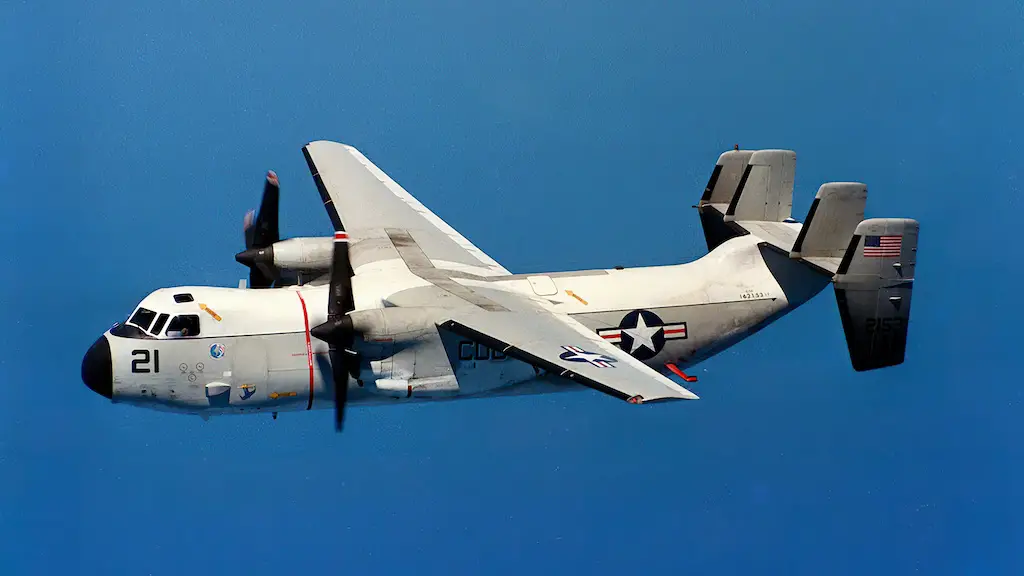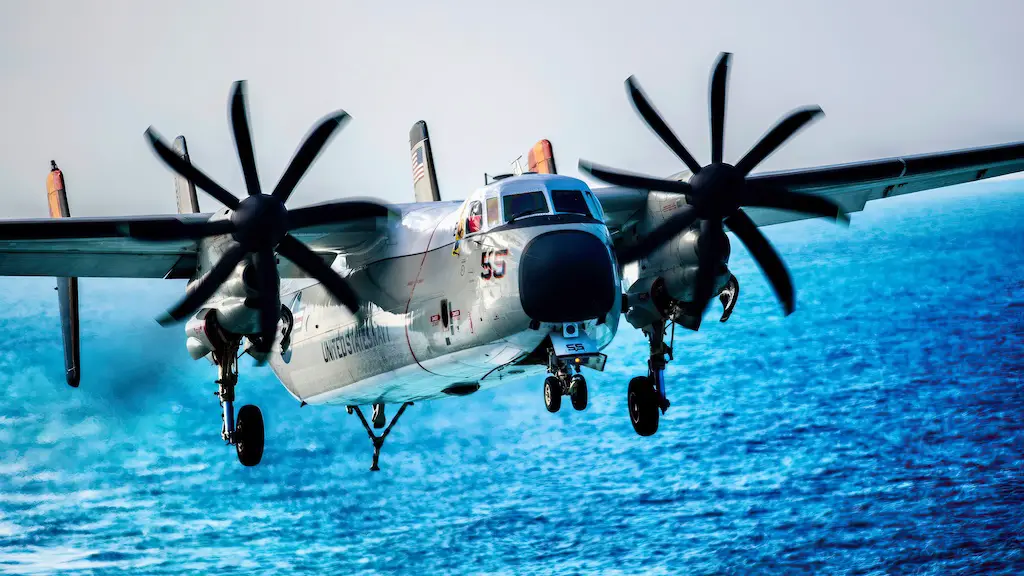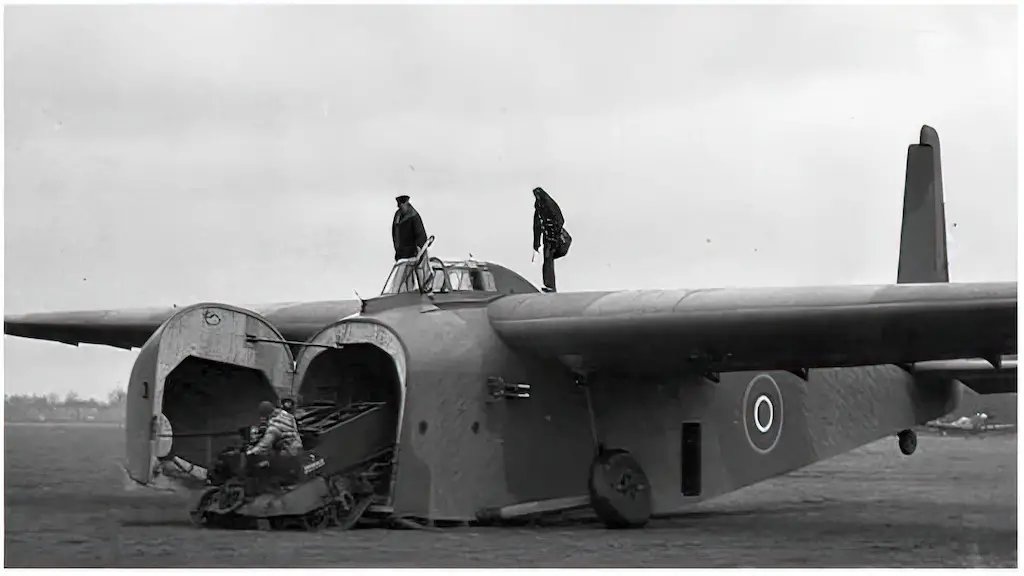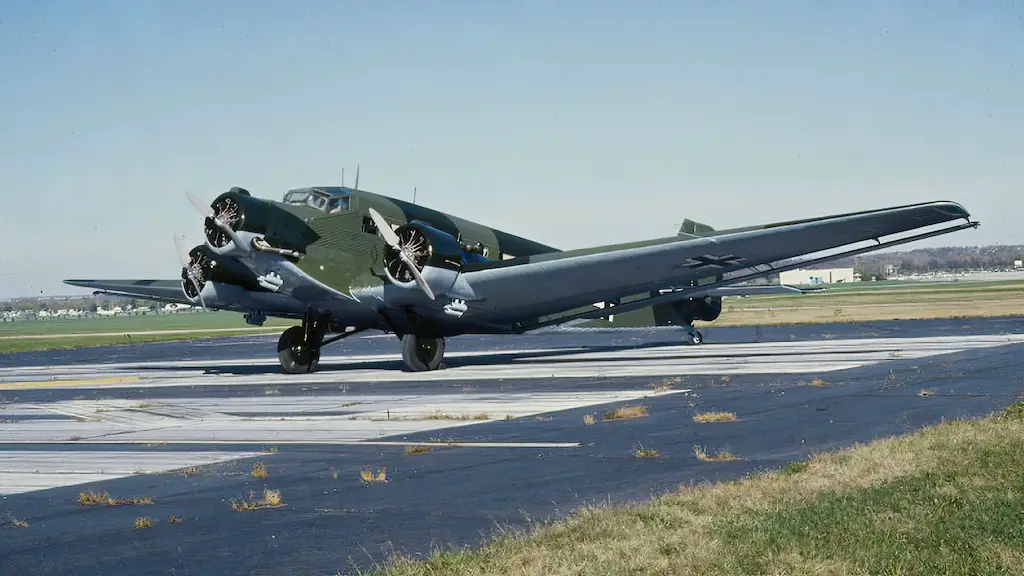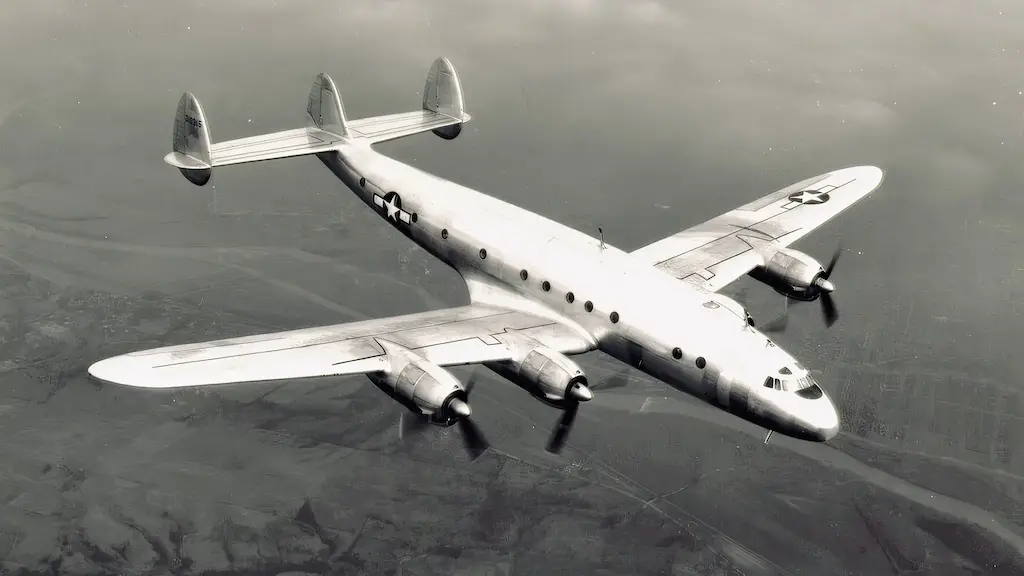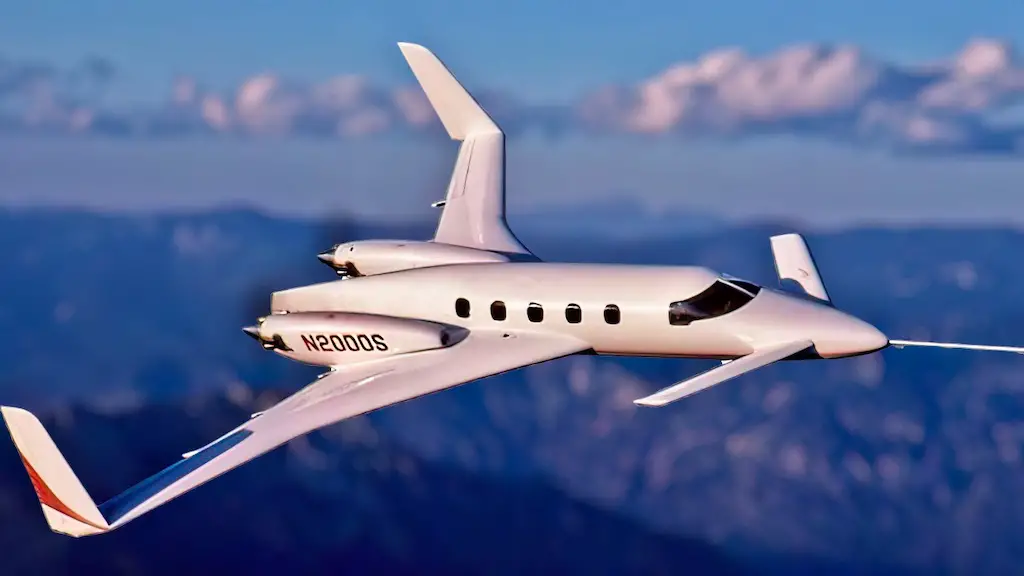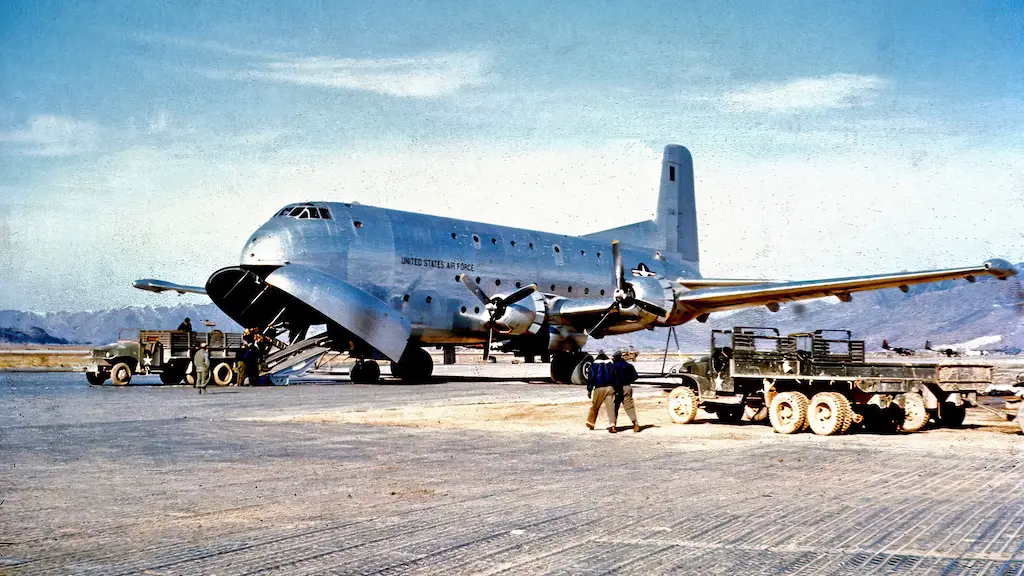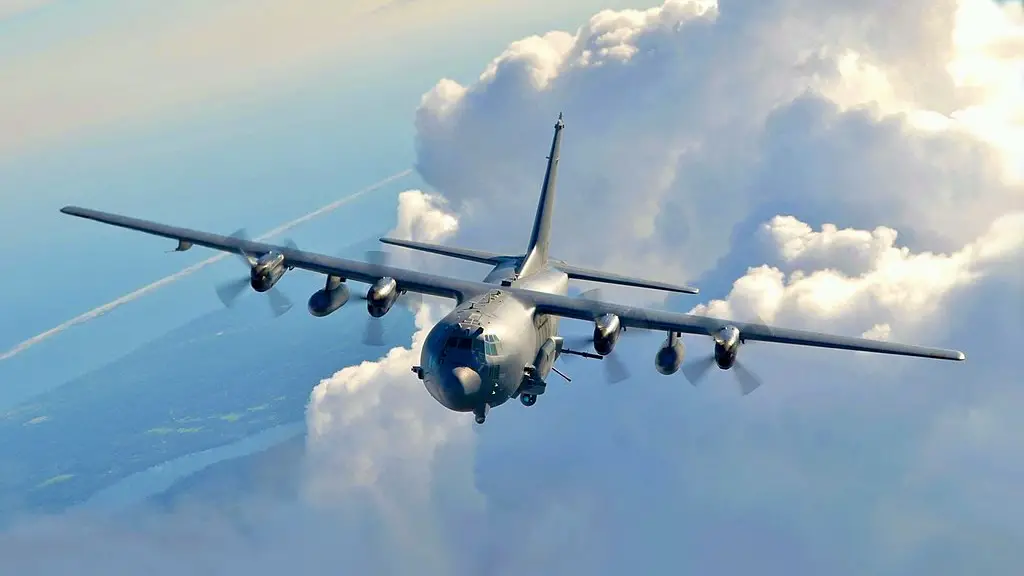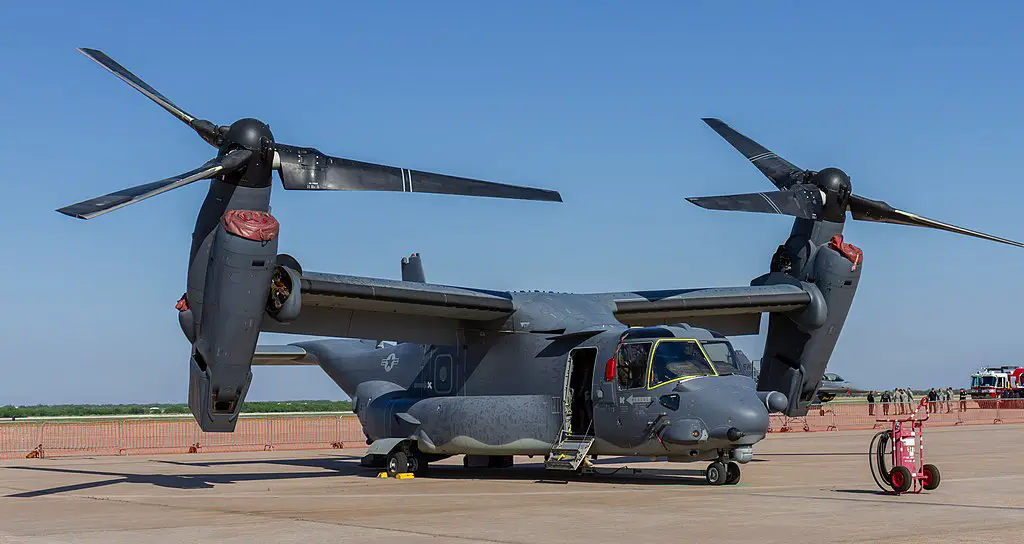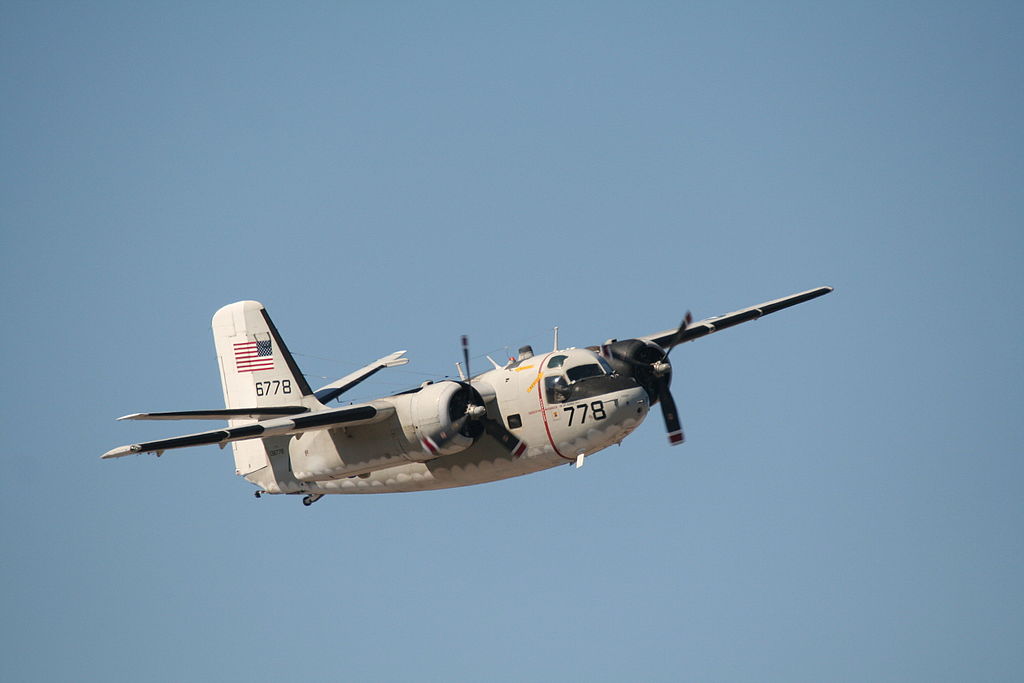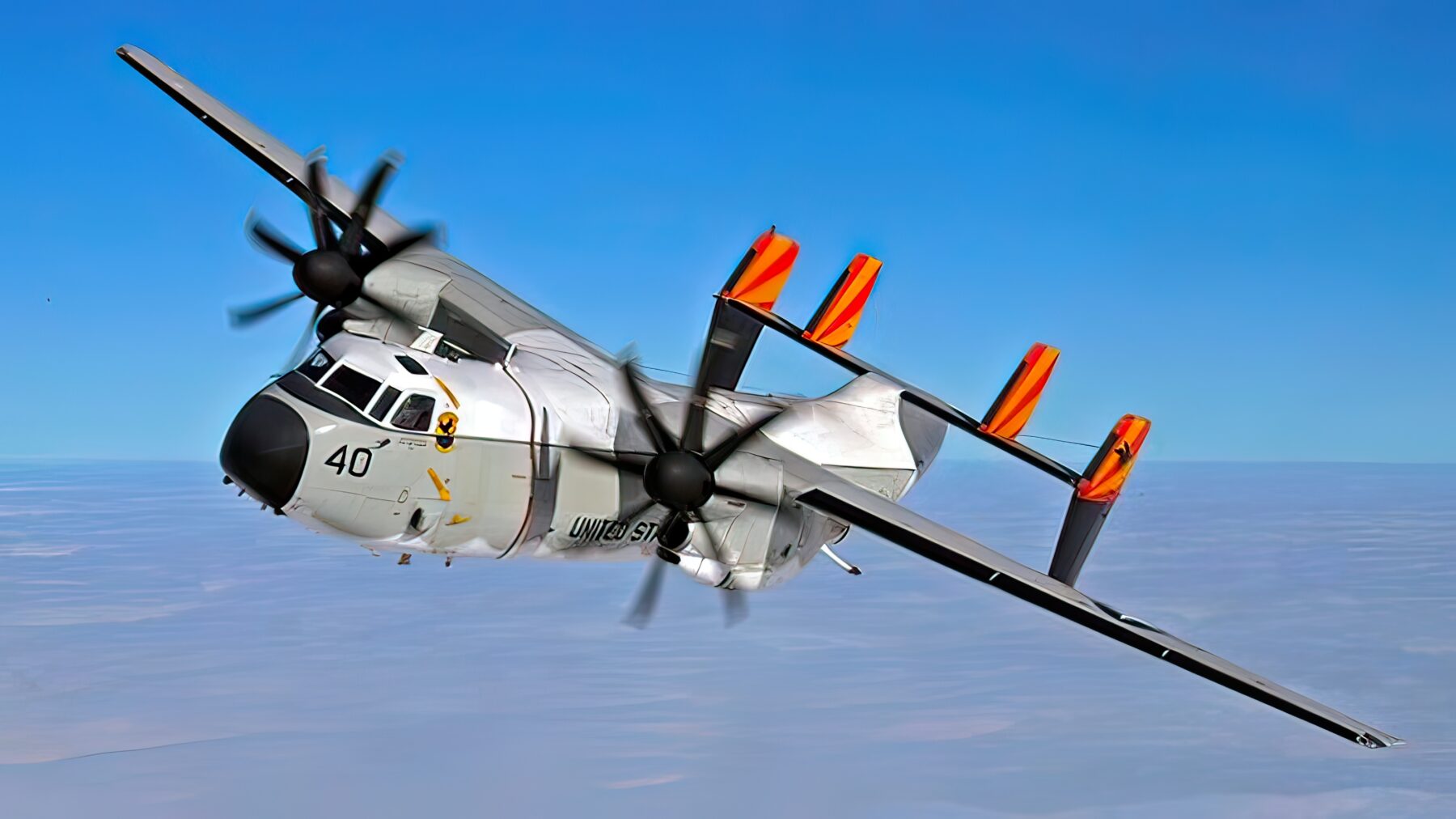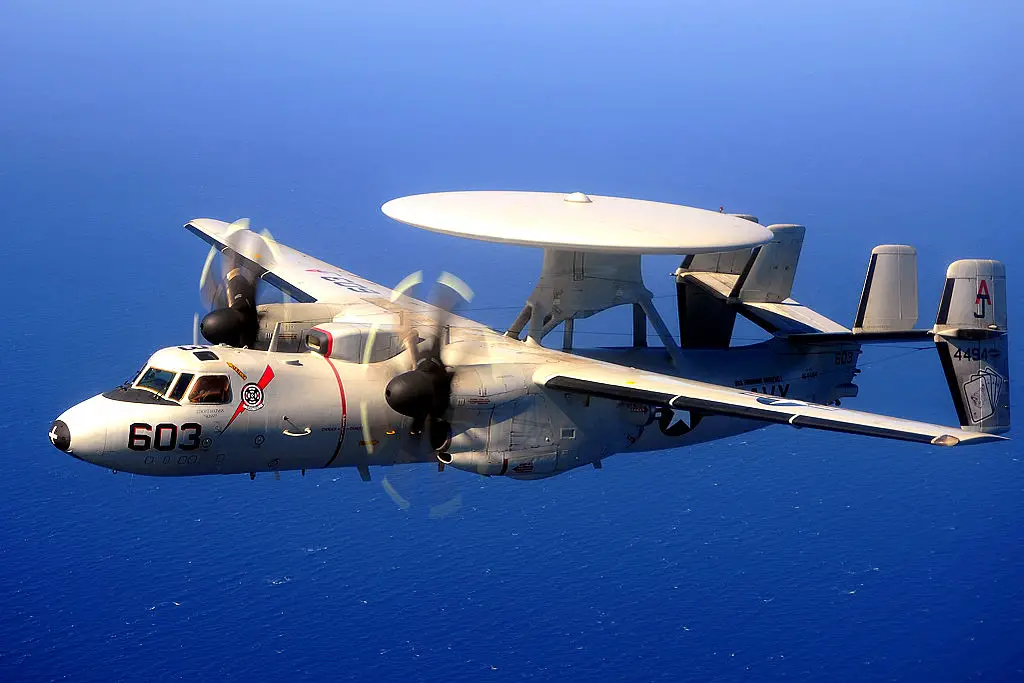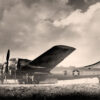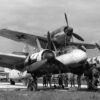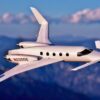Mighty fighter and attack aircraft, such as F/A-18E Super Hornet and F-35 Lightning II make up the backbone of the US Navy’s striking force. But smooth operation of these flashy warplanes heavily depends on routine work of many other, seemingly unremarkable aircraft. Such as Grumman C-2A Greyhound, which provides critical logistical support to USN aircraft carriers. It delivers onboard whatever goods the ship’s crew and the air wing personnel urgently need: mail, spares for combat aircraft, food, etc. The C-2A also regularly flies in and out sailors, technical specialists, and commanding officers. However mundane, the Greyhound’s job is at times very strenuous and even dangerous, although it doesn’t fly any frontline missions.
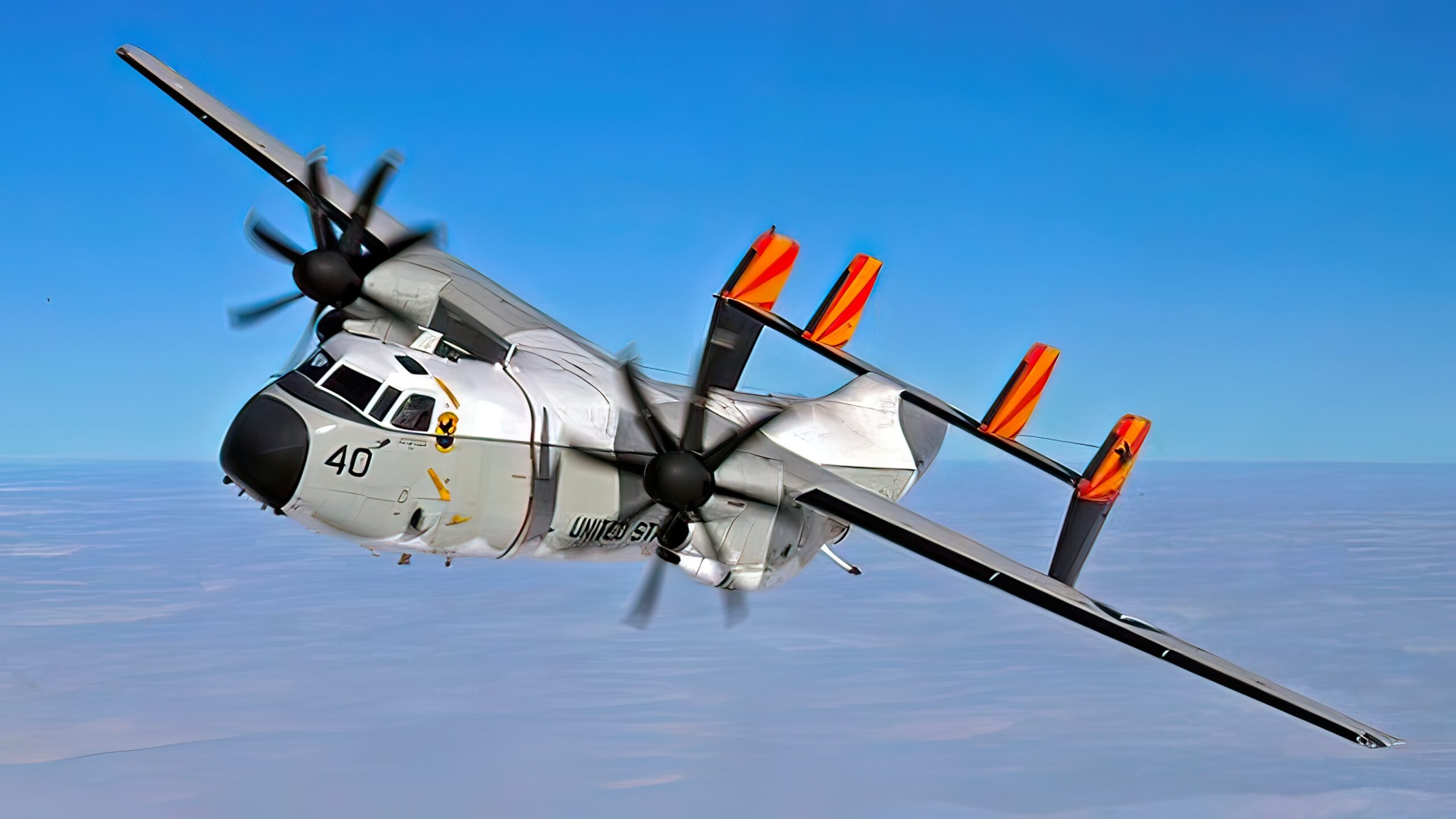
Hawkeye’s younger brother
The C-2A Greyhound is a derivative of the E-2C Hawkeye naval airborne early warning (AEW) aircraft. The C-2A was developed from the E-2C in the mid-1960s to replace the Grumman C-1 Trader, which had flown Carrier Onboard Delivery (COD) missions throughput the previous decade.
The Greyhound is powered by the same Allison T56 engines as the Hawkeye, but has a widened fuselage with a large rear loading ramp and a powered winch, which allow for swift loading and unloading of cargo. The cabin can be configured to accommodate cargo, passengers, or both, as well as to carry litter patients on medevac missions. The aircraft can carry a combined payload of up to 10,000 pounds over a distance in excess of 1,000 nautical miles.
The first C-2A prototype flew in November 1964, with the production starting the following year, and in 1966 it was accepted into service. In the late 1980s, Grumman produced another 39 C-2As featuring major upgrades of the airframe and avionics to replace the original ones. Later these also underwent a service life extension program, thanks to which they’re still very much up-to-date and in service.
Navy’s workhorse
The Greyhound is the US Navy’s primary at-sea delivery aircraft. Of course, all the bulkiest loads and most of the crew board the ship in port, but on a months-long deployment there always are things to bring onboard. So, an aircraft carrier on deployment has a detachment of two Greyhounds at its service at all times.
Taking off from shore bases C-2As transport cargo and personnel to aircraft carriers at sea. Often spending onboard the carrier as little as some forty minutes, they shuttle back and forth hauling supplies, servicemen, and spares for the ship and the air wing. The Greyhound can ensure the replacement of a faulty jet engine in a matter of hours by bringing a new one from the shore. To carry such large items it uses cargo cage system, which keeps the loads stable. It also delivers personal packages and mail, carries medical evacuees, specialist maintainers heading to the carrier for repairs, sailors on a leave and visiting command staff.
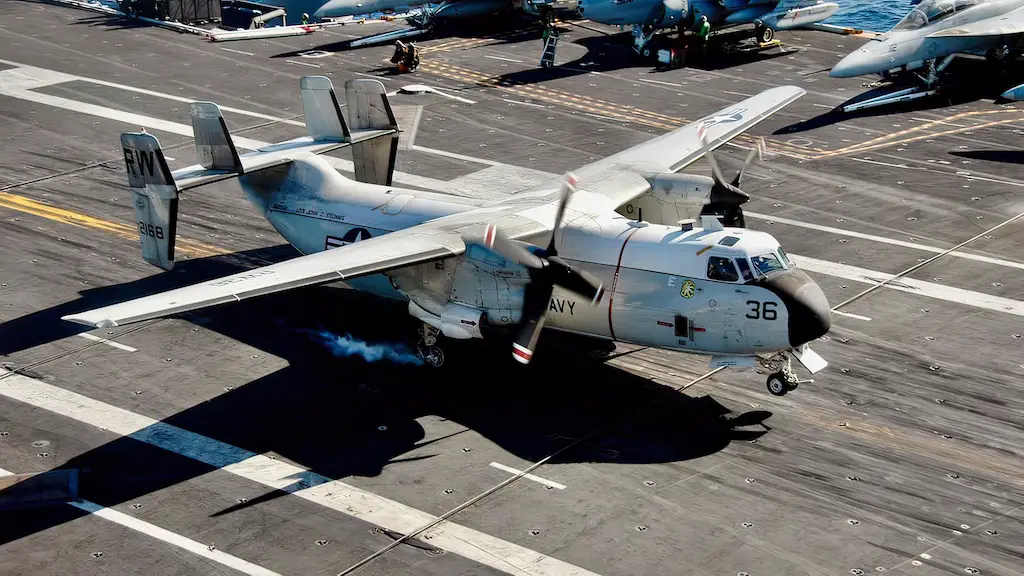
(U.S. Navy official photo by Mass Communication Specialist Seaman John Wagner) (Released)
A dangerous job
Normally, the Greyhound’s operations are as routine and uneventful as one can imagine. On the other hand, the sheer amount of work that a C-2A performs—during a regular peacetime six-month deployment a single Greyhound carries about 2,500 passengers and half a million pounds of cargo—puts a considerable strain on the equipment and crews. So, although the C-2As operations are standardized and brought to near perfection, accidents, including fatal ones do happen. The latest of those took place in November 2017, when a C-2A carrying eleven crew and passengers crashed in the Philippine Sea en route to USS Ronald Reagan. In that case a dual-engine failure resulted in the deaths of a pilot and two junior sailors.
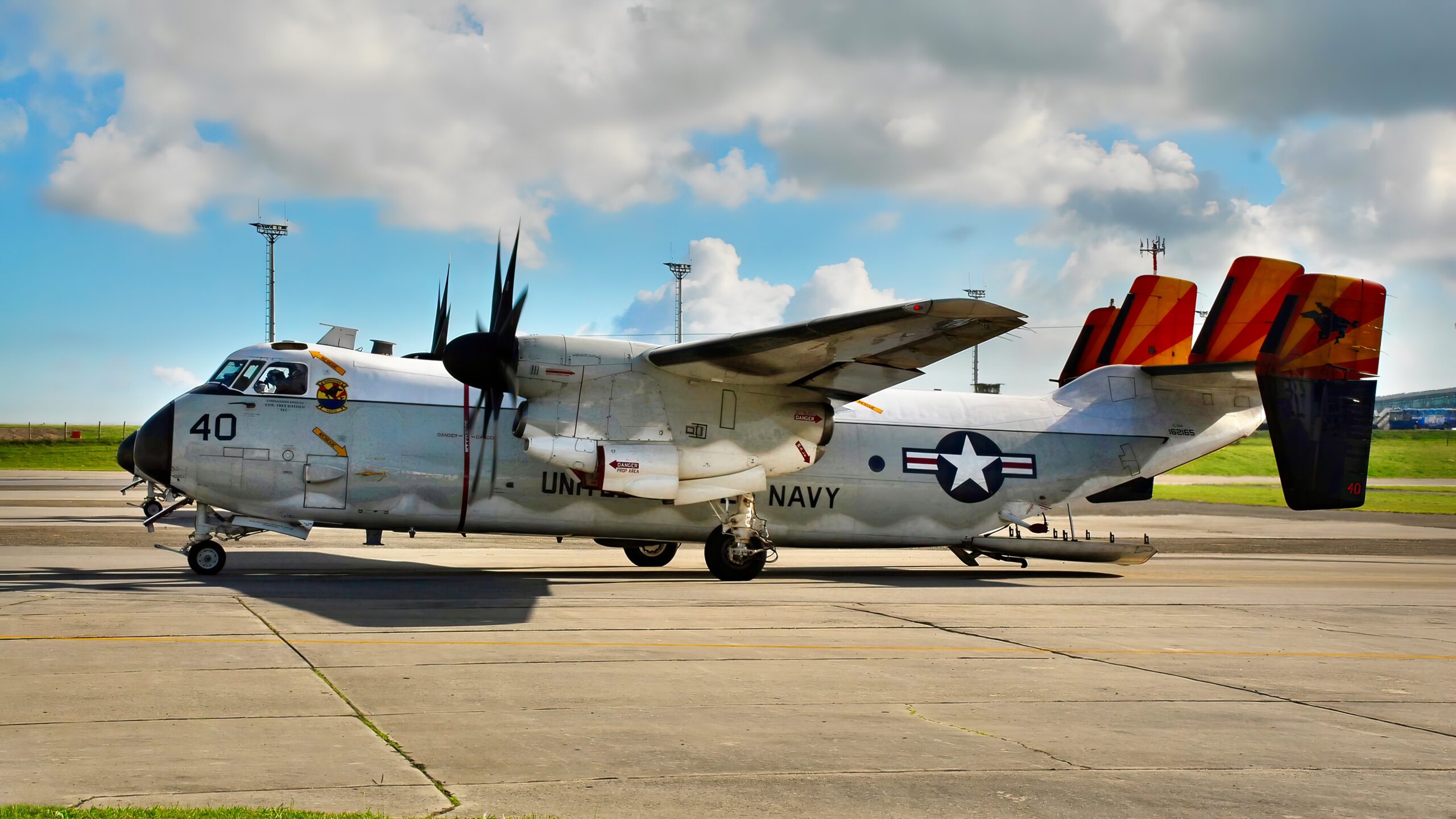
Giving way to the Osprey
With even the newest of C-2A airframes in active service being over three decades old, the Greyhound needs a replacement. Some airframes are being retired rather than repaired because it’s cheaper. They are then cannibalized to keep the remaining C-2A fleet airworthy. In the recent years the C-2A has been sharing duties with the Bell Boeing CMV-22B Osprey, which is intended to completely replace the C-2A in service. The Greyhound’s retirement is now due in 2024.
